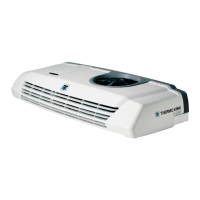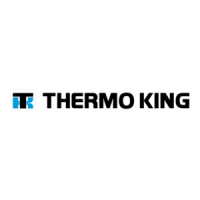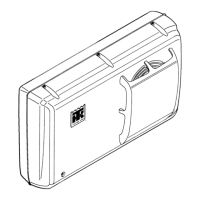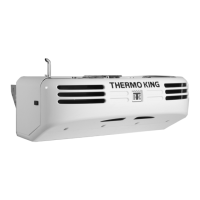What to do if my Thermo King V-200 is not cooling?
- WwhitenatalieAug 3, 2025
If your Thermo King Refrigerator isn't cooling even when the box temperature exceeds the setpoint, first check the voltage on Pin 6 C-9. If the issue persists, consider replacing the Cab Control Box.





